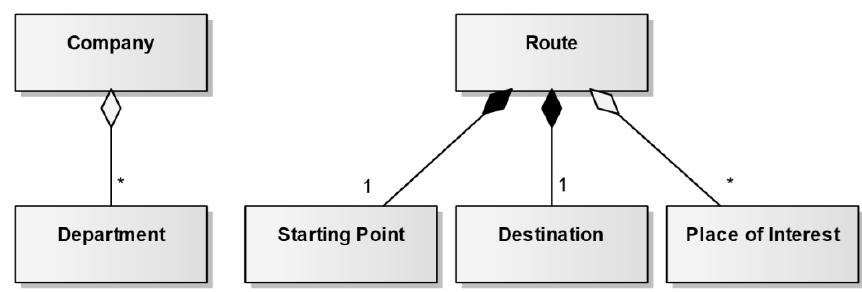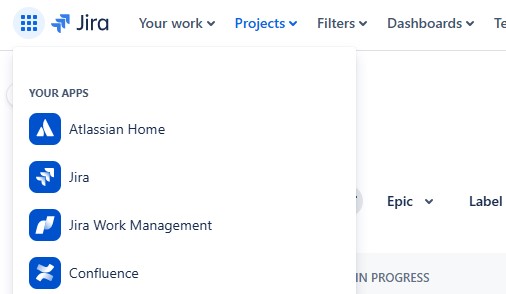Unveiling the Essence of Elicitation Objectives in Requirements Engineering
In the realm of computer wizardry, requirements are the hidden formula for exceptional feats. Think of them as a program’s recipe. Yet, before we embark on our digital sorcery, understanding our requirements is pivotal. This is where “elicitation objectives” step onto the stage. In this article we investigate elicitation objectives in requirements engineering.
Unveiling the Essence of Elicitation Objectives in Requirements Engineering Read More »


















